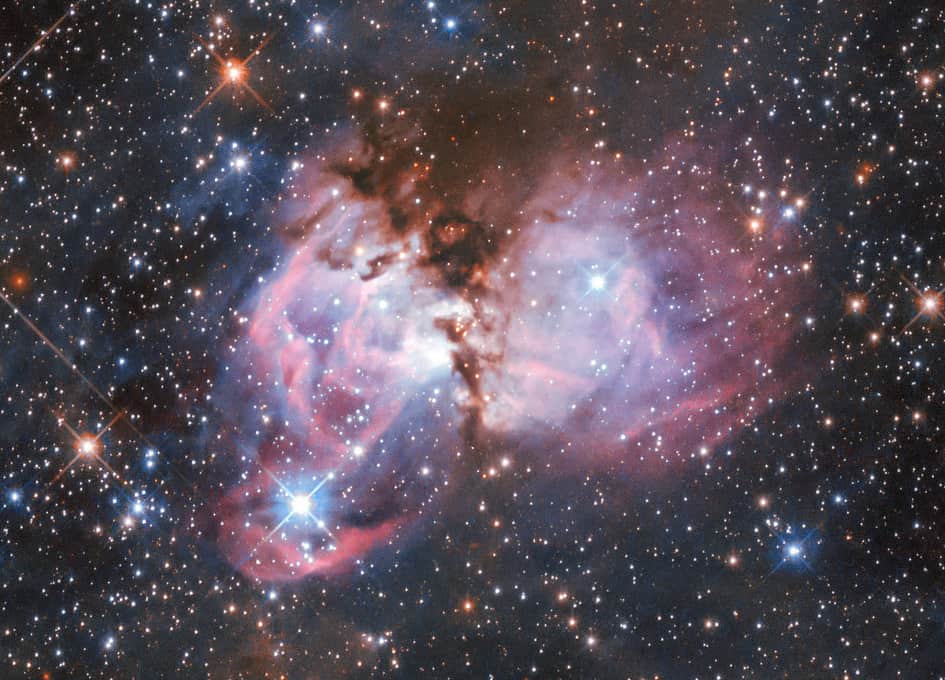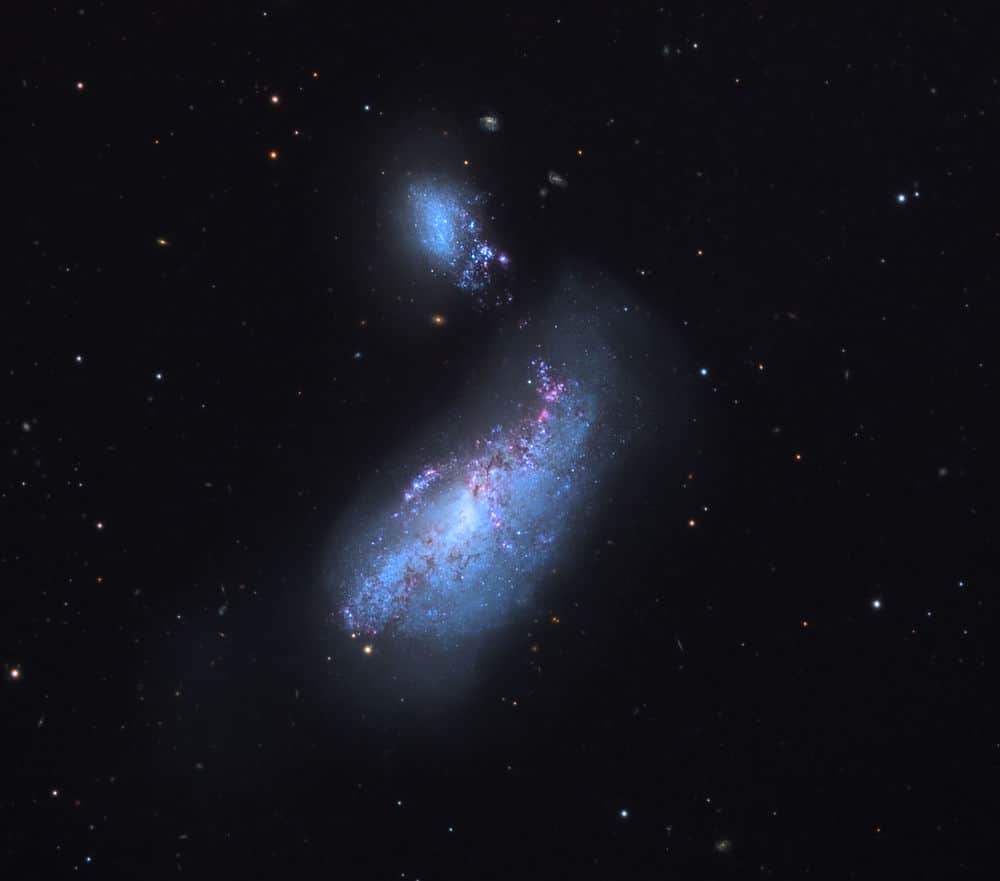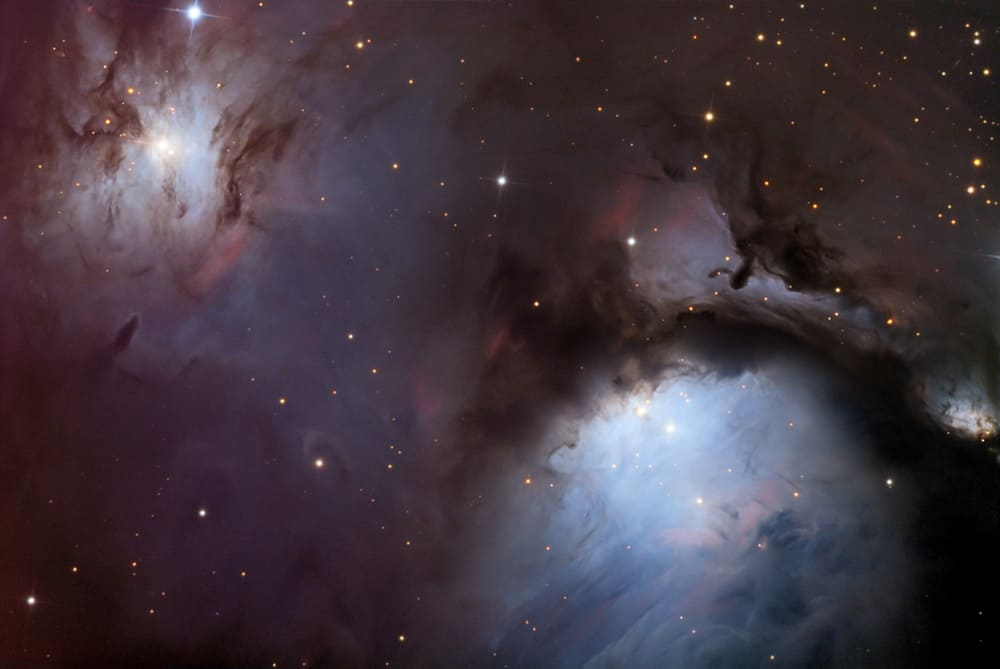CELEBRATED MALIAN MUSICIAN HAMA SANKARÉ DIES AFTER EXPLOSIVE DEVICE ATTACK
Alpha Ousmane “Hama” Sankaré (aka Pedro) was killed in the vehicle he was riding in when it was struck by an improvised explosive device (IED) land mine 30 minutes from Niafunke, on Sunday, March 29, 2020 at approximately 3:00 PM. There were 9 people in the vehicle.
This is a major tragedy not only for the music of Northern Mali but also for the country which continues to be plagued by insecurity. The explosion occurred on the national legislative Election Day and Hama had gone home to Niafunke to vote. He was on route back to Bamako when he was killed.
Hama Sankare had accompanied many great artists of Northern Mali. Most notable was his longtime close collaboration with Ali Farka Toure with whom he was best known for his ground breaking work as calabash percussionist and backing singer. Sankare can be heard on Toure’s albums: The Red Album, The Source, Talking Timbuktu, Niafunke and Savane.
see full post...This scene of stellar creation, captured by the Hubble Space Telescope, sits near the outskirts of the famous Tarantula Nebula, the largest known stellar nursery in the local universe.
Called LHA 120-N 150, this cloud of gas and dust, along with the many young and massive stars surrounding it, is the perfect laboratory to study the origin of massive stars. The nebula is situated more than 160,000 light-years away in the Large Magellanic Cloud, a neighboring dwarf irregular galaxy that orbits our galaxy, the Milky Way.
Also known as 30 Doradus or NGC 2070, the Tarantula Nebula owes its name to the arrangement of bright patches that somewhat resemble the legs of a tarantula. It measures nearly 1,000 light-years across. Its proximity, the favorable inclination of the Large Magellanic Cloud, and the absence of intervening dust make the Tarantula Nebula one of the best laboratories in which to study the formation of stars, in particular massive stars. This nebula has an exceptionally high concentration of massive stars, often referred to as super star clusters.
Astronomers have studied LHA 120-N 150 to learn more about the environment in which massive stars form. Theoretical models of the formation of massive stars suggest that they should form within clusters of stars; but observations indicate that up to ten percent of them also formed in isolation. The giant Tarantula Nebula with its numerous substructures is the perfect laboratory in which to resolve this puzzle as in it massive stars can be found both as members of clusters and in isolation.

Rocco Scott LaFaro (April 3, 1936 – July 6, 1961) was an American jazz double bassist known for his work with the Bill Evans Trio. Born in Irvington, New Jersey, the son of a big band musician, LaFaro was five when his family moved to Geneva, New York. He started playing piano in elementary school, bass clarinet in middle school, and tenor saxophone when he entered high school. He took up double bass at 18 before entering college because learning a string instrument was required of music education majors. After three months at Ithaca College, he concentrated on bass. He played in groups at the College Spa and Joe’s Restaurant on State Street in downtown Ithaca. Beginning in 1955, he was a member of the Buddy Morrow big band. He left that organization to work in Los Angeles. LaFaro spent most of his days practicing his instrument. He practiced from sheet music for the higher-pitched clarinet to improve his facility the upper register for bass. Fellow bassist Red Mitchell taught him how to pluck strings with both the index and middle fingers independently. For much of 1958 LaFaro was with pianist/vibraphonist Victor Feldman‘s band.
In 1959, after working with trumpeter Chet Baker, bandleader Stan Kenton, vibraphonist Cal Tjader, and clarinetist Benny Goodman, LaFaro returned to the east and joined Bill Evans, who had recently left the Miles Davis Sextet. With Evans and drummer Paul Motian he developed the counter-melodic style that would come to characterize his playing. Evans, LaFaro, and Motian were committed to the idea of three equal voices in the trio, working together for a singular musical idea and often without any musician explicitly keeping time.
By late 1960, LaFaro was in demand as a bassist. He replaced Charlie Haden as Ornette Coleman‘s bassist in January 1961. For a time, Haden and LaFaro shared an apartment. He also played in Stan Getz’s band between jobs with the Bill Evans trio. Around this time he received a greeting card from Miles Davis suggesting that Davis wanted to hire him.
In June 1961, the Bill Evans trio began two weeks of performances at the Village Vanguard in New York City. The trio attracted attention for its style. The last day was recorded for two albums, Sunday at the Village Vanguard and Waltz for Debby
see full post...James Harrell McGriff (April 3, 1936 – May 24, 2008) was an American hard bop and soul-jazz organist and organ trio bandleader.
Born in Germantown, Pennsylvania, United States, McGriff started playing piano at the age of five and by his teens had also learned to play vibes, alto sax, drums and upright bass. His first group was as bassist in a piano trio. When he joined the United States Army, McGriff served as a military policeman during the Korean War. He later became a police officer in Philadelphia for two years. Music kept drawing McGriff’s attention away from the police force. His childhood friend, organist Jimmy Smith, had begun earning a substantial reputation in jazz for his Blue Note albums (the two played together once in 1967) and McGriff became entranced by the organ sound while Richard “Groove” Holmes played at his sister’s wedding. Holmes went on to become McGriff’s teacher and friend and they recorded together on two occasions in 1973 for two Groove Merchant records.
see full post...James Wesley “Bubber” Miley (April 3, 1903 – May 20, 1932) was an American early jazz trumpet and cornet player, specializing in the use of the plunger mute. Miley was born in Aiken, South Carolina, U.S., into a musical family. At the age of six, he and his family moved to New York City where, as a child, he occasionally sang for money on the streets, and later, at the age of fourteen, studied to play the trombone and cornet. In 1920, after having served in the Navy for eighteen months, he joined a jazz formation named the Carolina Five, and remained a member for the next three years, playing small clubs and boat rides all around New York City. After leaving the band at the age of nineteen, Miley briefly toured the Southern States with a show titled The Sunny South, and then joined Mamie Smith‘s Jazz Hounds, replacing trumpeter Johnny Dunn. They regularly performed in famous clubs around New York City and Chicago. While touring in Chicago, he heard King Oliver‘s Creole Jazz Band playing and was captivated by Oliver’s use of mutes. Soon Miley found his own voice by combining the straight and plunger mute with a growling sound.
Miley’s talent and unique style were soon noticed in New York’s jazz scene – among others by Duke Ellington who wanted him to jump in for trumpeter Arthur Whetsol. According to saxophonist Otto Hardwick, Ellington’s band members had to shanghai Miley into joining them for his first performance, at the Hollywood on Broadway in 1923. At the time, Ellington’s Washingtonians were formally led by Elmer Snowden, but Ellington, who factually had already been running the formation, also took over its official leadership a few months later.
Miley’s collaboration with Ellington in what later became The Duke Ellington Orchestra has secured his place in jazz history. Early Ellington hits, such as Black and Tan Fantasy, Doin’ the Voom Voom, East Saint Louis Toodle-oo (covered by Steely Dan in 1974 on their album Pretzel Logic), The Mooche, and Creole Love Call prominently feature Miley’s solo work and were thematically inspired by his melodic ideas, which he, in turn, often borrowed from Baptist hymns sung in his church, such as Stephen Adams’ Holy City.
see full post...In flamenco a tango is one of the flamenco palos closely related in form and feeling to the rumba flamenca. It is often performed as a finale to a flamenco tiento. Its compás and llamada are the same as that of the farruca and share the farruca’s lively nature. However, the tango is normally performed in the A Phrygian mode. In some English sources the flamenco tango is written with an -s; “the tangos is…” The flamenco tango is distinct from the flamenco rumba primarily through the guitar playing. In Rumba the guitar flows more freely, whereas in Tangos the accents on beats 2, 3 & 4 are marked clearly with heavy strumming.
see full post...NGC 4490, also known as the Cocoon Galaxy, is a barred spiral galaxy in the constellation Canes Venatici. It lies at a distance of 25 million light years from Earth. It interacts with its smaller companion NGC 4485 and as a result is a starburst galaxy. NGC 4490 and NGC 4485 are collectively known in the Atlas of Peculiar Galaxies as Arp 269. NGC 4490 is located 3/4° northwest of beta Canum Venaticorum and with apparent visual magnitude 9.8, can be observed with 15×100 binoculars. It is a member of Herschel 400 Catalogue. It belongs in Canes Venatici galaxy cloud II.
It was discovered by William Herschel in 1788. Two supernovae have been observed in NGC 4490, SN 1982F, and type II-P SN 2008ax, with peak magnitude 16.1

Larry Coryell (born Lorenz Albert Van DeLinder III; April 2, 1943 – February 19, 2017) was an American jazz guitarist known as the “Godfather of Fusion“.
Larry Coryell was born in Galveston, Texas. He never knew his biological father, a musician. He was raised by his stepfather Gene, a chemical engineer, and his mother Cora, who encouraged him to learn piano when he was four years old.
In his teens he switched to guitar. After his family moved to Richland, Washington, he took lessons from a teacher who lent him albums by Les Paul, Johnny Smith, Barney Kessel, and Tal Farlow. When asked what jazz guitar albums influenced him, Coryell cited On View at the Five Spot by Kenny Burrell, Red Norvo with Strings, and The Incredible Jazz Guitar of Wes Montgomery. He liked blues and pop music and tried to play jazz when he was eighteen. He said that hearing Wes Montgomery changed his life.
Coryell graduated from Richland High School, where he played in local bands the Jailers, the Rumblers, the Royals, and the Flames. He also played with the Checkers from Yakima. He then moved to Seattle to attend the University of Washington.
In September 1965, Coryell moved to New York City, where he attended Mannes School of Music. After moving to New York, he listened to classical composers such as Bartók, Debussy, Ravel, Stravinsky, and Shostakovich.
He replaced guitarist Gábor Szabó in Chico Hamilton‘s quintet. In 1967–68, he recorded with Gary Burton. During the mid-1960s he played with the Free Spirits, his first recorded band. His music during the late-1960s and early-1970s combined rock, jazz, and eastern music.
He married three times during his life. First to writer-actress Julie Nathanson, daughter of actress Carol Bruce. She appeared on the cover of his albums, Lady Coryell, Larry Coryell at the Village Gate, and The Lion and the Ram and wrote the book Jazz-Rock Fusion based on interviews with musicians such as Chick Corea and John McLaughlin.
see full post...Leon Russell (born Claude Russell Bridges; April 2, 1942 – November 13, 2016) was an American musician and songwriter who was involved with numerous bestselling pop music records during his 60-year career. His genres included pop, country, rock, folk, gospel, bluegrass, rhythm and blues, folk rock, blues rock, surf, standards, and Tulsa Sound.
His collaborations rank as some of the most successful in music history, and as a touring musician he performed with hundreds of notable artists. He recorded 33 albums and at least 430 songs. He wrote “Delta Lady“, recorded by Joe Cocker, and organized and performed with Cocker’s Mad Dogs and Englishmen tour in 1970. His “A Song for You“, added to the Grammy Hall of Fame in 2018, has been recorded by more than 200 artists, and his “This Masquerade” by more than 75.
As a pianist, he played in his early years on albums by The Beach Boys, Dick Dale and Jan and Dean. On his first album, Leon Russell, in 1970, the musicians included Eric Clapton, Ringo Starr, and George Harrison. One of his biggest early fans, Elton John, said Russell was a “mentor” and an “inspiration”. They recorded their album The Union in 2010, which earned them a Grammy nomination.
Russell produced and played in recording sessions for, among others Bob Dylan, Frank Sinatra, Ike & Tina Turner, and The Rolling Stones. He wrote and recorded the hits “Tight Rope” and “Lady Blue“. He performed at The Concert for Bangladesh in 1971 along with Harrison, Dylan, and Clapton, for which he earned a Grammy Award.
His recordings earned six gold records. He received two Grammy awards from seven nominations. In 2011, he was inducted into both the Rock and Roll Hall of Fame and the Songwriters Hall of Fame.
Russell was born in Lawton, Oklahoma, and began playing the piano at the age of four.
see full post...Marvin Gaye (born Marvin Pentz Gay Jr.; April 2, 1939 – April 1, 1984 Washington DC) was an American singer, songwriter, and record producer. He helped to shape the sound of Motown in the 1960s, first as an in-house session player and later as a solo artist with a string of hits, earning him the nicknames “Prince of Motown” and “Prince of Soul”.
Gaye’s Motown hits include “Ain’t That Peculiar“, “How Sweet It Is (To Be Loved By You)“, and “I Heard It Through the Grapevine“, and he recorded duets with Mary Wells, Kim Weston, Diana Ross, and Tammi Terrell. During the 1970s, he recorded the albums What’s Going On and Let’s Get It Onand became one of the first artists in Motown to break away from the reins of a production company. His later recordings influenced several contemporary R&B subgenres, such as quiet storm and neo soul. He was a tax exile in Europe in the early 1980s, then he released the 1982 hit “Sexual Healing” which won him his first two Grammy Awards on the album Midnight Love. Gaye’s last televised appearances were at the 1983 NBA All-Star Game, where he sang “The Star-Spangled Banner“; Motown 25: Yesterday, Today, Forever; and Soul Train.
Gaye’s father Marvin Gay Sr. fatally shot him on April 1, 1984, the day before his 45th birthday, at their house in the West Adams district of Los Angeles. Many institutions have posthumously bestowed Gaye with awards and other honors including the Grammy Lifetime Achievement Award, and inductions into the Rhythm and Blues Music Hall of Fame, the Songwriters Hall of Fame, and the Rock and Roll Hall of Fame.
see full post...Booker Little Jr. (April 2, 1938 – October 5, 1961) was an American jazz trumpeter and composer. He appeared on many recordings in his short career, both as a sideman and as a leader. Little performed with Max Roach, John Coltrane, and Eric Dolphy and was strongly influenced by Sonny Rollins and Clifford Brown. He died at age 23. Little was born in Memphis, Tennessee. He was the fourth child of Booker, a Pullman porter (who was also a trombonist) and his wife, Ophelia (who played piano). Little graduated from Manassas High School. He studied trumpet at the Chicago Conservatory with Joseph Summerhill from 1956 to 1958 and it was during this time that he worked with leading local musicians such as Johnny Griffin. Later, after moving to New York, while he lived with Sonny Rollins, Little became associated with drummer Max Roach and multi-instrumentalist Eric Dolphy, recording with them both as a sideman and a leader.
With Dolphy, he co-led a residency at the Five Spot club in New York in June 1961, from which three albums were eventually issued by the Prestigelabel. It was during this stint that he began to show promise of expanding the expressive range of the “vernacular” bebop idiom which originated with Clifford Brown, his most obvious influence as a performer. He also appeared on Dolphy’s album Far Cry (New Jazz 8270), recorded on December 21, 1960.
Little died of complications resulting from uremia on October 5, 1961, in New York City. He was survived by his wife, two sons (Booker T. III, and Larry Cornelius), and two daughters (Larue Cornelia and Ana Dorsey).
see full post...Alien Spacecraft were spotted today at several world locations. Apparently they contacted the WH but the president refused to respond claiming FAKE NEWS!

Messier 78 or M 78, also known as NGC 2068, is a reflection nebula in the constellation Orion. It was discovered by Pierre Méchain in 1780 and included by Charles Messier in his catalog of comet-like objects that same year.
M78 is the brightest diffuse reflection nebula of a group of nebulae that includes NGC 2064, NGC 2067 and NGC 2071. This group belongs to the Orion B molecular cloud complex and is about 1,350 light-years distant from Earth. M78 is easily found in small telescopes as a hazy patch and involves two stars of 10th and 11th magnitude. These two B-type stars, HD 38563 A and HD 38563 B, are responsible for making the cloud of dust in M78 visible by reflecting their light.
The M78 cloud contains a cluster of stars that is visible in the infrared. Due to gravity, the molecular gas in the nebula has fragmented into a hierarchy of clumps, the denser cores of which about to form stars with masses of up to 5 M☉. About 45 variable stars of the T Tauri type, young stars still in the process of formation as well as some 17 Herbig–Haro objects are known in M78.

Gilbert Scott-Heron (April 1, 1949 – May 27, 2011) was an American soul and jazz poet, musician, and author, known primarily for his work as a spoken-word performer in the 1970s and 1980s. His collaborative efforts with musician Brian Jackson featured a musical fusion of jazz, blues, and soul, as well as lyrical content concerning social and political issues of the time, delivered in both rapping and melismatic vocal styles by Scott-Heron. His own term for himself was “bluesologist”, which he defined as “a scientist who is concerned with the origin of the blues”.
His music, most notably on the albums Pieces of a Man and Winter in America in the early 1970s, influenced and foreshadowed later African-American music genres such as hip hop and neo soul. Scott-Heron is considered by many to be the first rapper/MC ever. His recording work received much critical acclaim, especially one of his best-known compositions, “The Revolution Will Not Be Televised“.[10] AllMusic‘s John Bush called him “one of the most important progenitors of rap music,” stating that “his aggressive, no-nonsense street poetry inspired a legion of intelligent rappers while his engaging songwriting skills placed him square in the R&B charts later in his career.”
Scott-Heron remained active until his death, and in 2010 released his first new album in 16 years, entitled I’m New Here. A memoir he had been working on for years up to the time of his death, The Last Holiday, was published posthumously in January 2012. Scott-Heron received a posthumous Grammy Lifetime Achievement Award in 2012. He also is included in the exhibits at the National Museum of African American History and Culture (NMAAHC) that officially opened on September 24, 2016, on the National Mall, and in an NMAAHC publication, Dream a World Anew.
https://www.youtube.com/watch?v=qGaoXAwl9kw
see full post...James Chambers, OM (born 1 April 1948), known professionally as Jimmy Cliff, is a Jamaican ska and reggae musician, multi-instrumentalist, singer, and actor. Along with Bunny Wailer he is one of only two living musicians to hold the Order of Merit, the highest honour that can be granted by the Jamaican government for achievements in the arts and sciences.
Cliff is best known among mainstream audiences for songs such as “Wonderful World, Beautiful People”, “Many Rivers to Cross“, “You Can Get It If You Really Want“, “The Harder They Come“, “Reggae Night“, and “Hakuna Matata“, and his covers of Cat Stevens‘s “Wild World” and Johnny Nash‘s “I Can See Clearly Now” from the film Cool Runnings. He starred in the film The Harder They Come, which helped popularize reggae across the world, and Club Paradise. Cliff was one of five performers inducted into the Rock and Roll Hall of Fame in 2010.
Jimmy Cliff was born in Somerton District, Saint James, Jamaica. He began writing songs while still at primary school in St. James, listening to a neighbour’s sound system. In 1962 his father took him to Kingston to go to Kingston Technical school, where he ended up sharing his cousin’s one rented room in East Kingston.
https://www.youtube.com/watch?v=SF3IktTk_pQ
see full post...